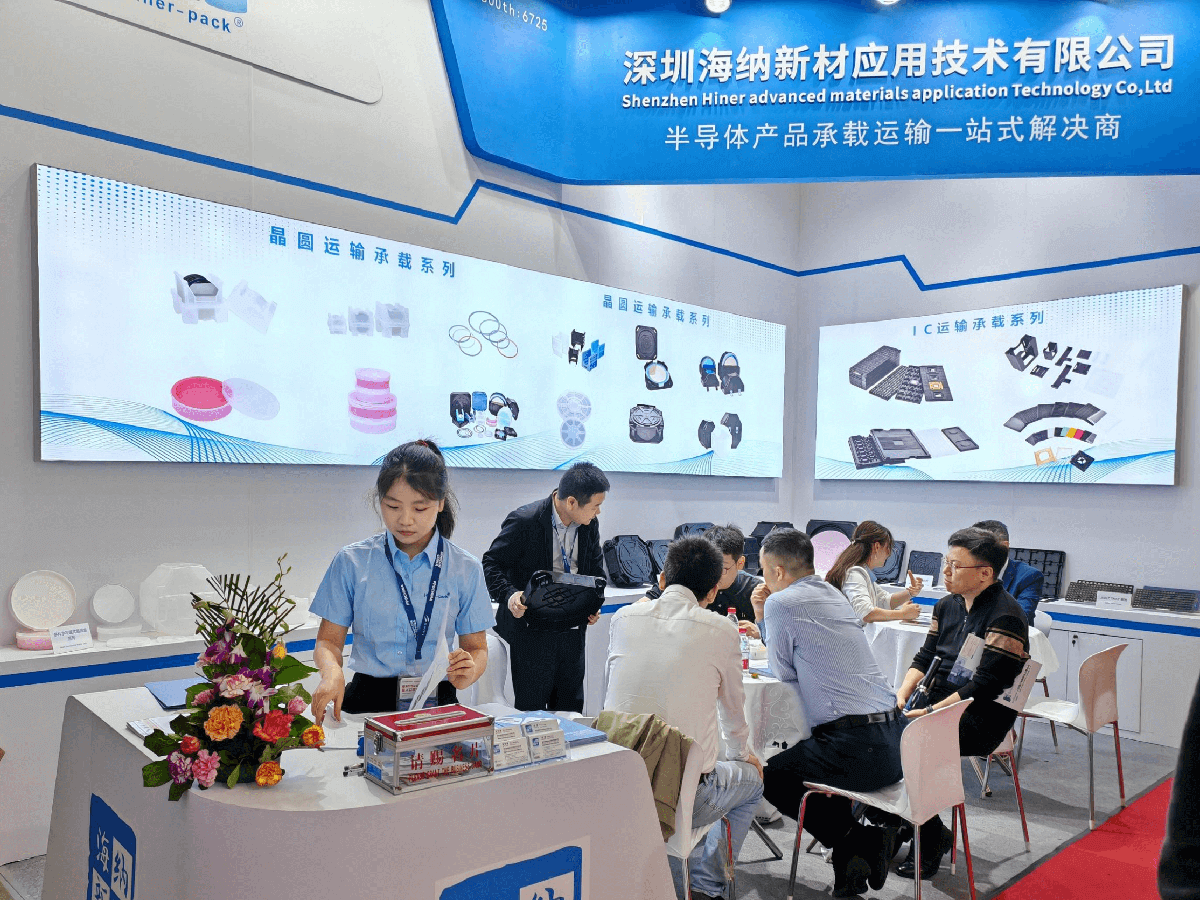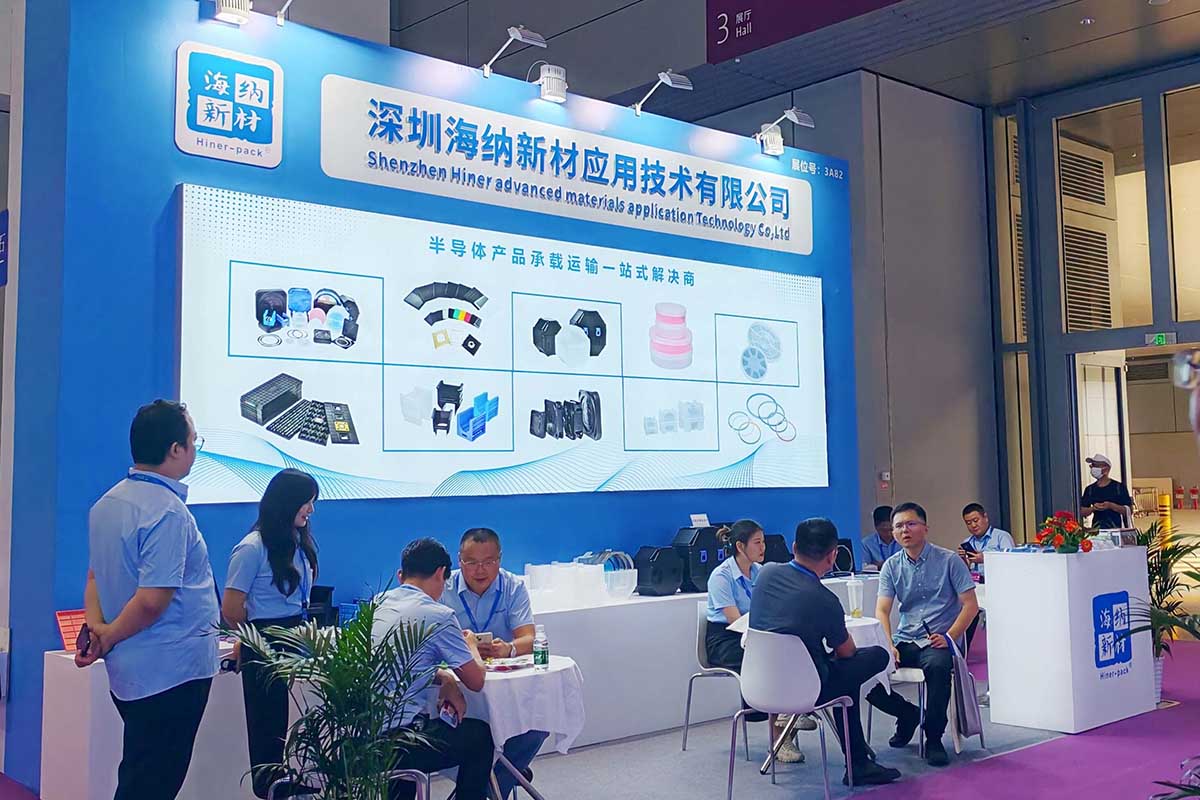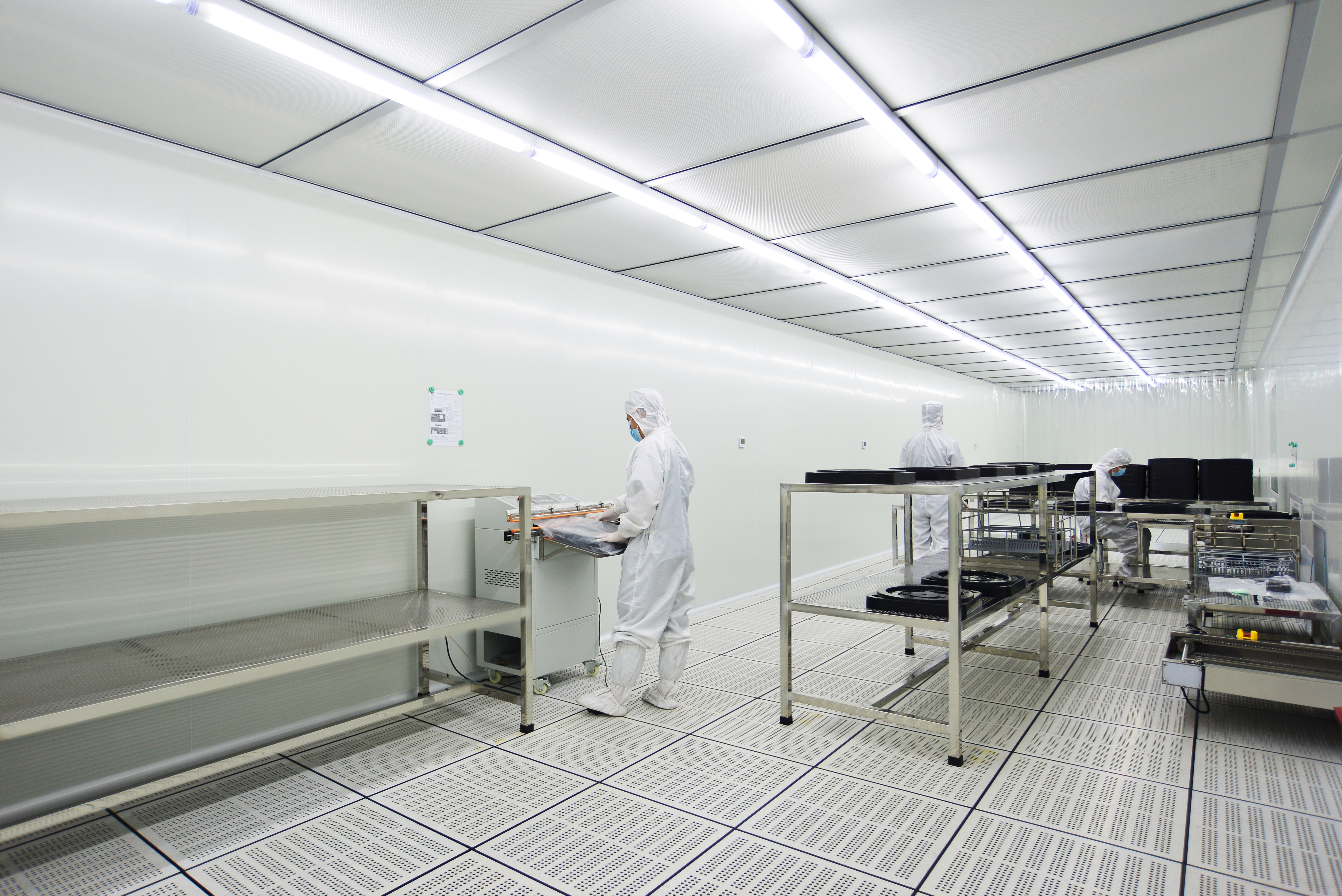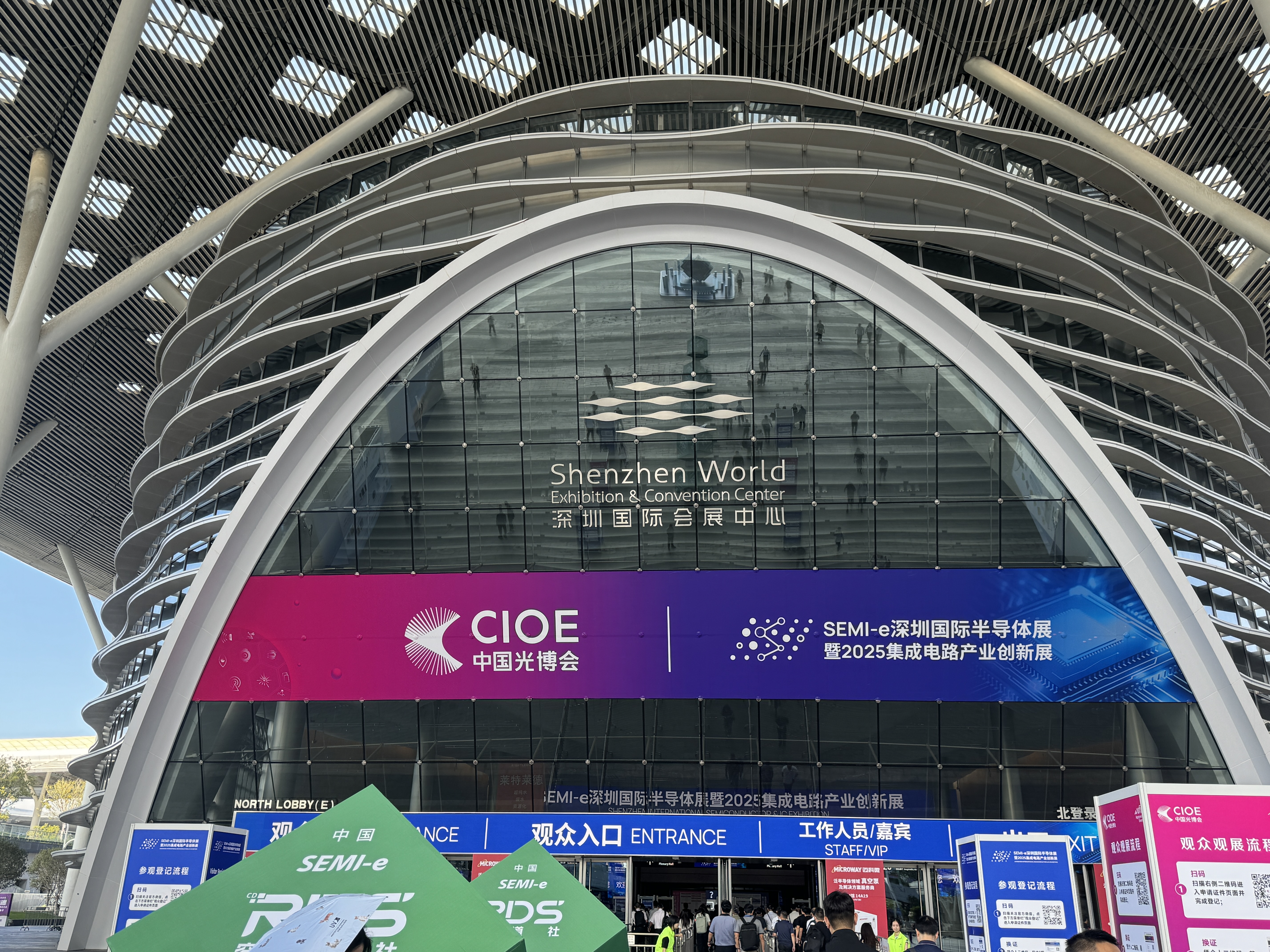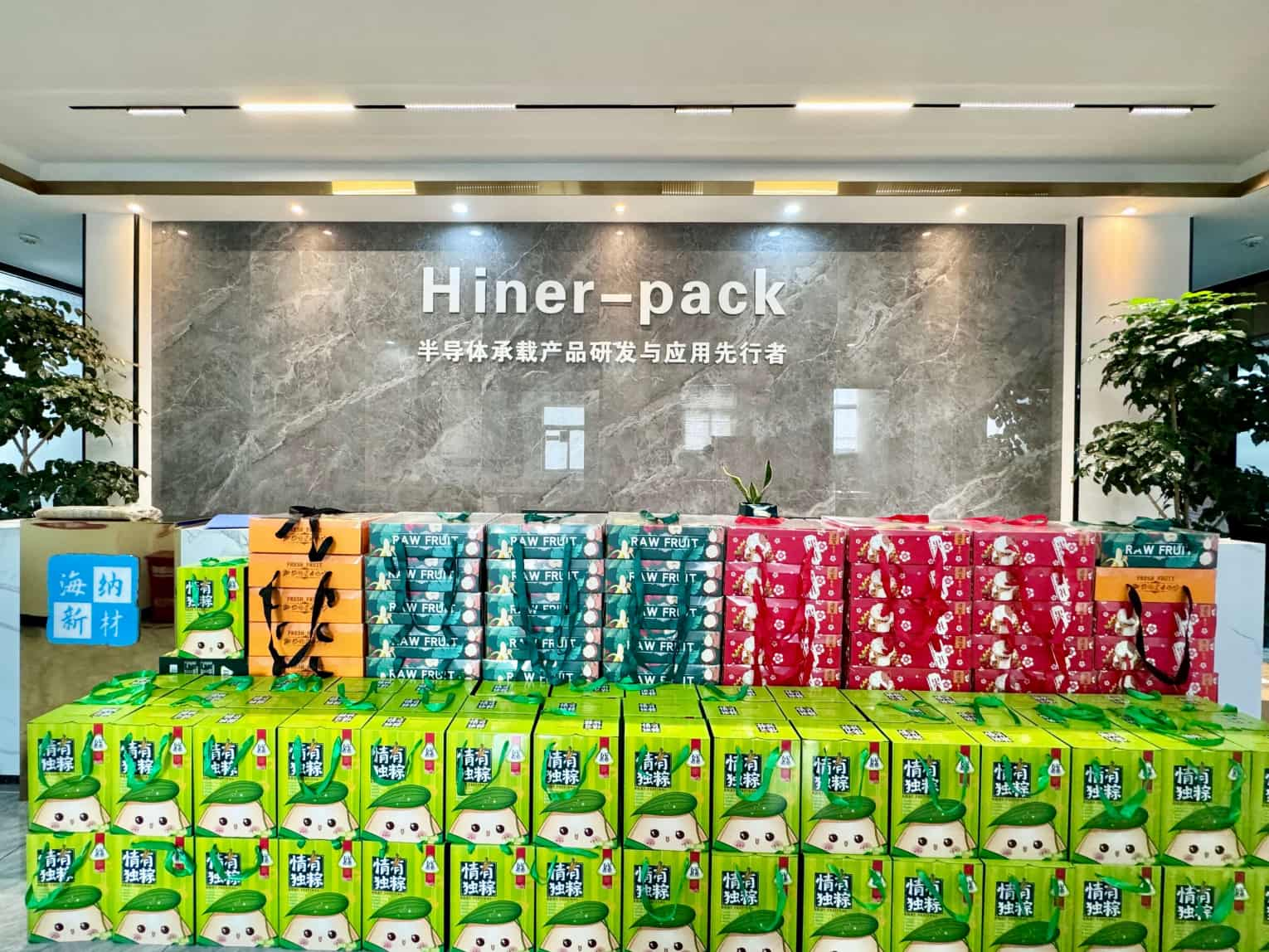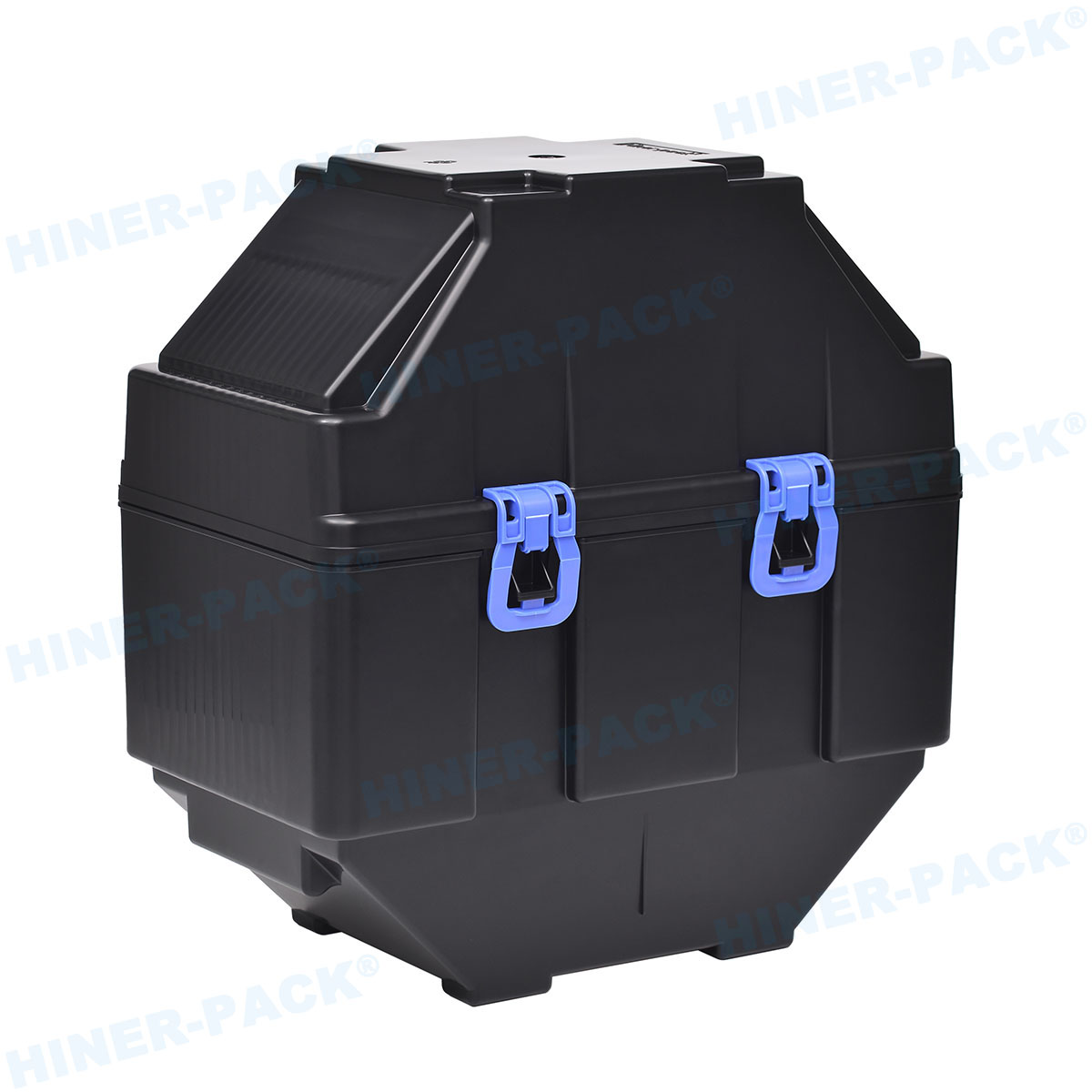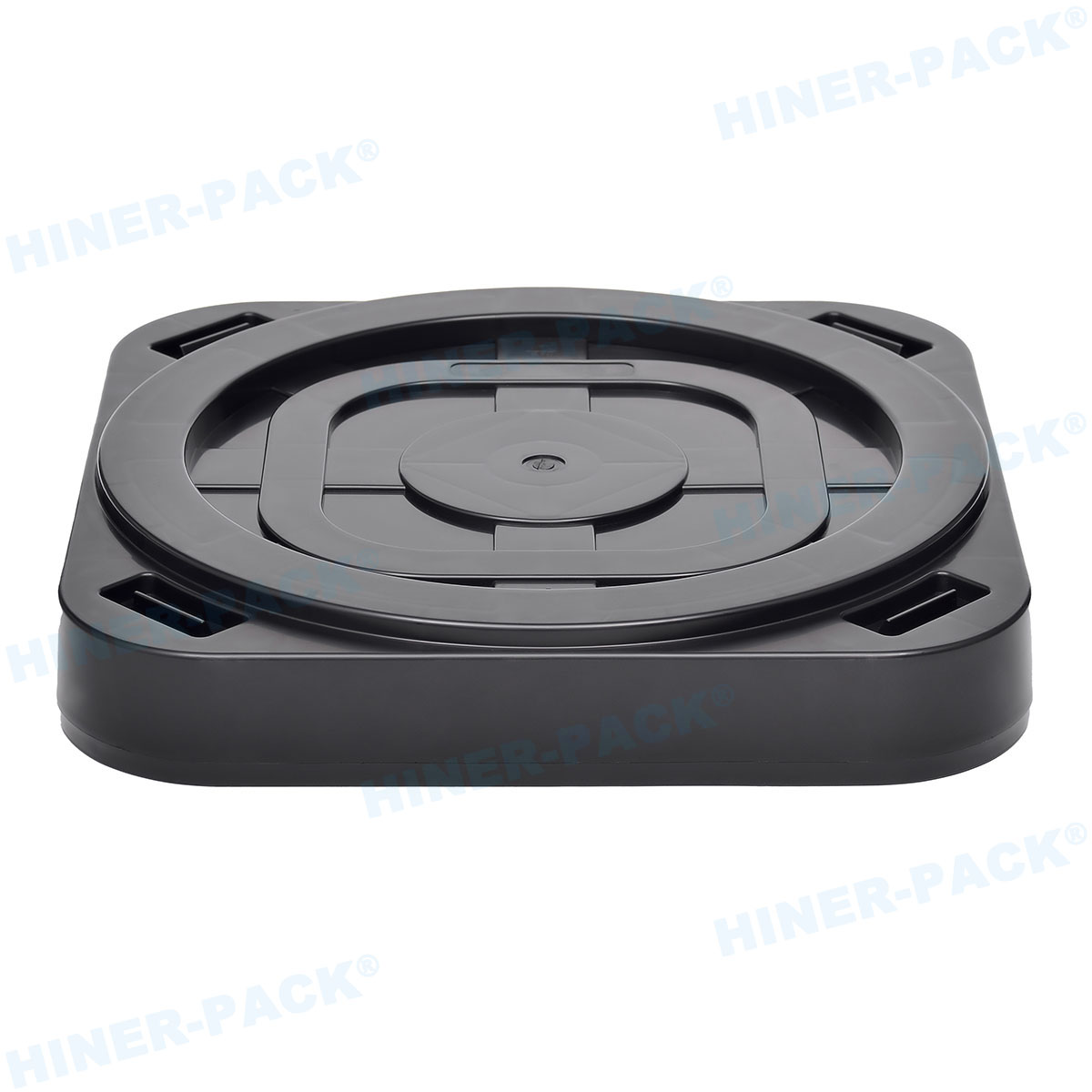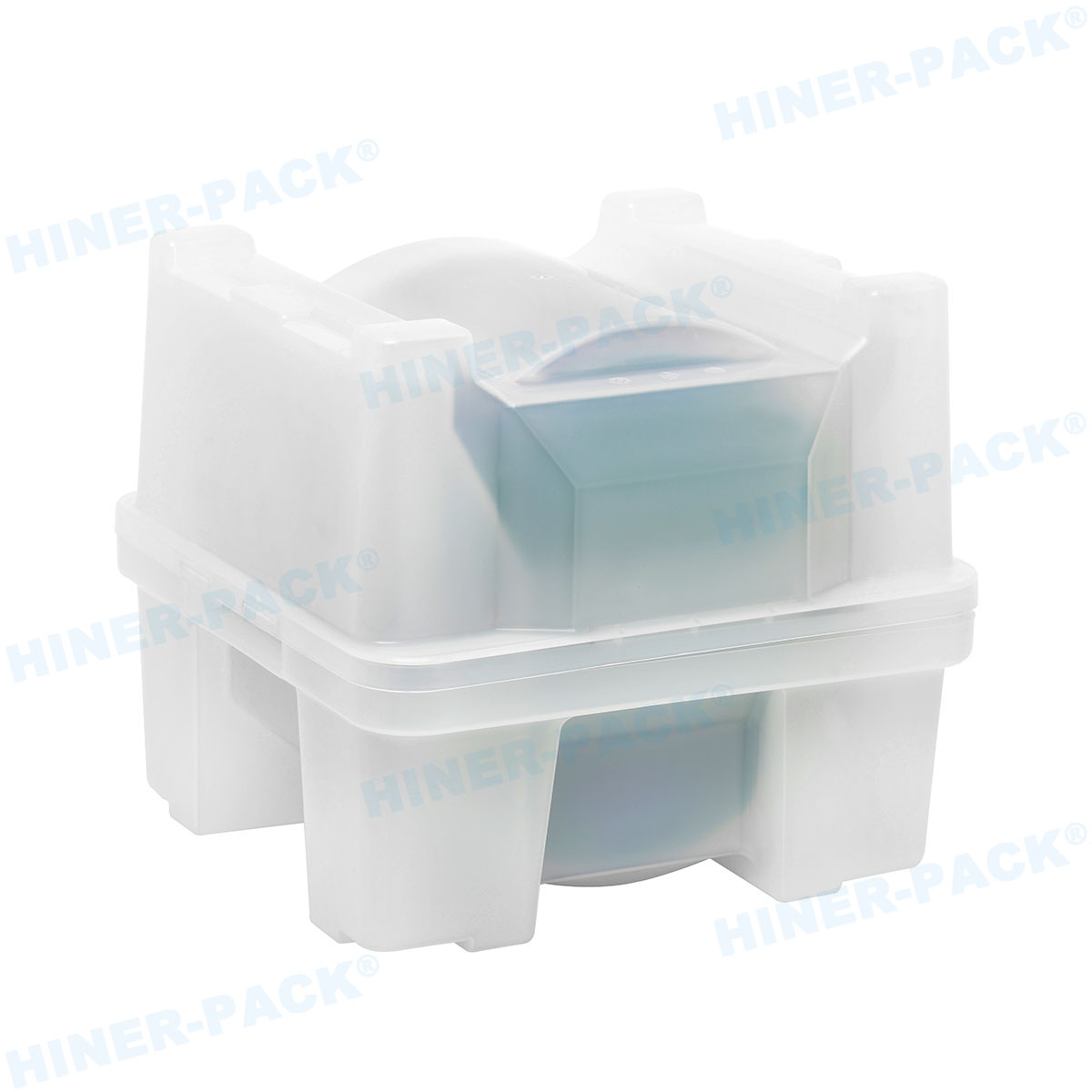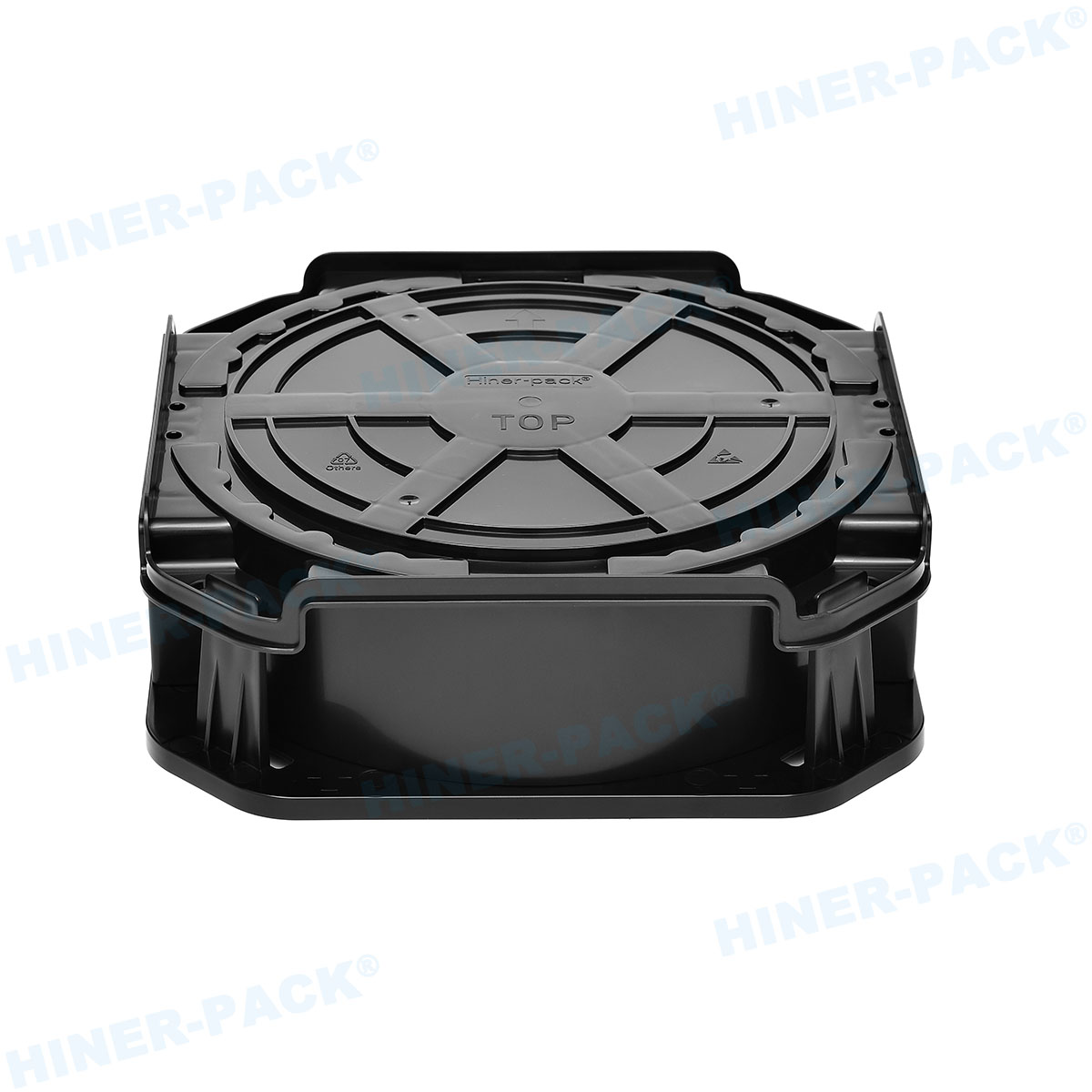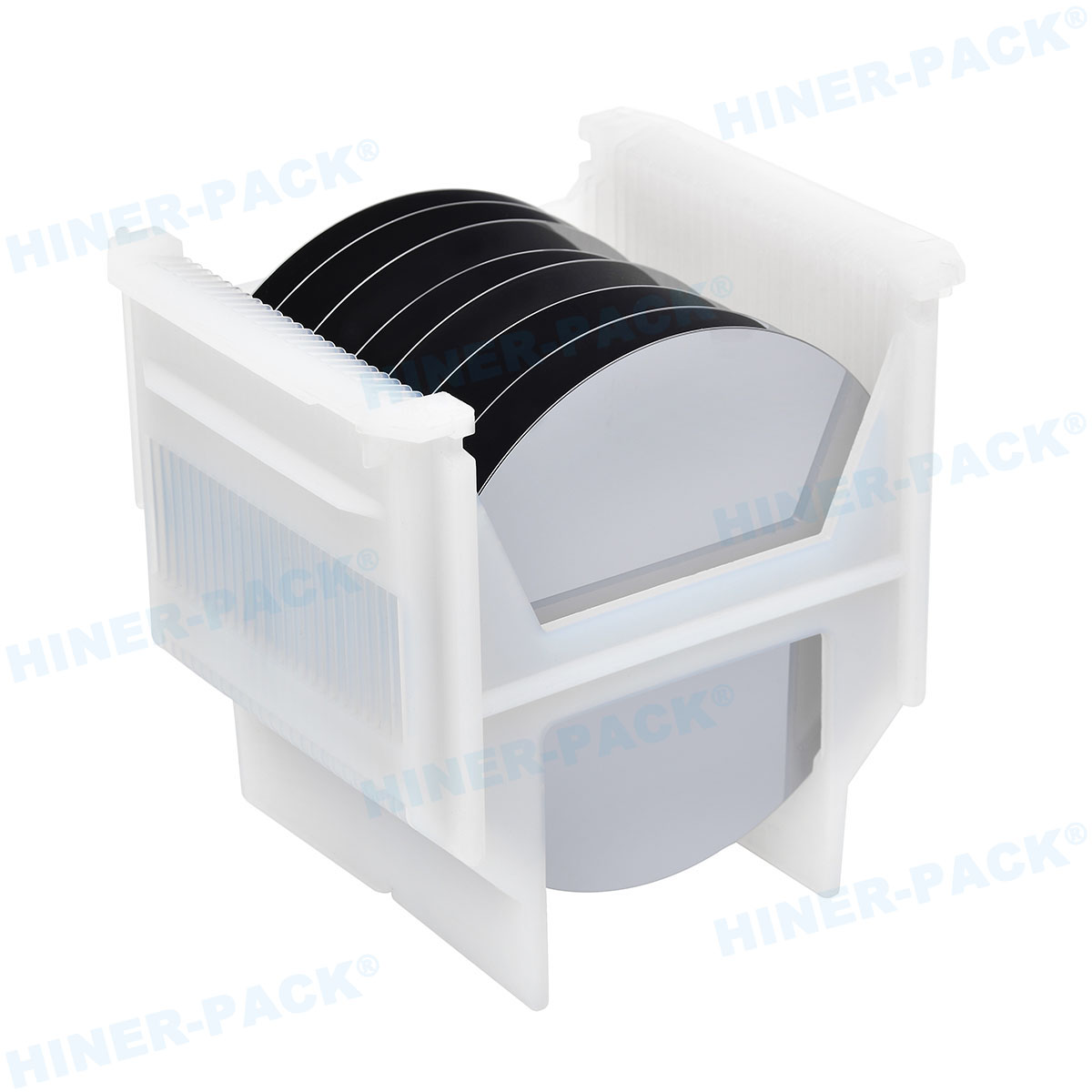In the fast-paced world of semiconductor manufacturing, the safe transport of delicate wafers is paramount. Wafer shipping containers play a critical role in ensuring that these high-value components reach their destinations without damage, contamination, or performance degradation. As the semiconductor industry expands with advancements in IoT, AI, and 5G technologies, the demand for reliable wafer shipping containers has surged. These specialized containers are not just boxes; they are engineered solutions designed to protect wafers from environmental hazards, electrostatic discharge, and physical shocks during transit. This article delves into the intricacies of wafer shipping containers, covering key aspects such as semiconductor wafer container types, the benefits of custom wafer carrier options, the growing trend of wafer container rental services, and the innovations driven by wafer container manufacturer leaders. By understanding these elements, businesses can optimize their logistics, reduce costs, and maintain the integrity of their semiconductor products.
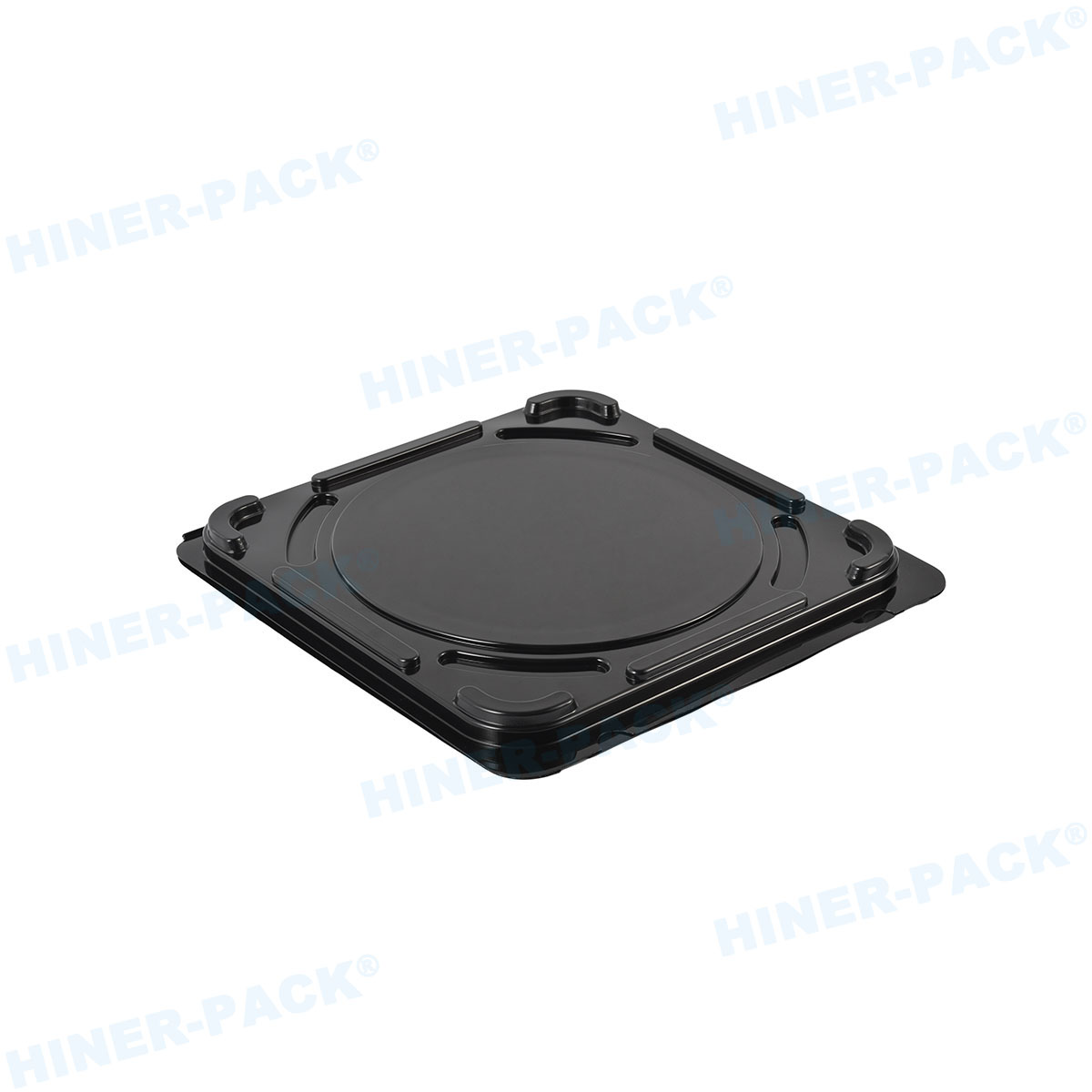
What Are Wafer Shipping Containers?
Wafer shipping containers are specialized storage and transport units designed to hold semiconductor wafers securely. These wafers, typically made of silicon, are extremely thin and fragile, often measuring only a few millimeters in thickness but containing intricate circuit patterns worth thousands of dollars. The primary function of wafer shipping containers is to shield these sensitive components from contaminants like dust, moisture, and static electricity, which can compromise their functionality. Standard wafer shipping containers are constructed from materials such as high-grade plastics or composites that offer static-dissipative properties. They often feature cushioned interiors, secure latching mechanisms, and environmental seals to maintain a clean, dry interior. In the semiconductor supply chain, wafer shipping containers are indispensable for moving wafers between fabrication plants, assembly sites, and end-users, ensuring that each wafer arrives in pristine condition. The design of these containers has evolved to meet industry standards, such as those set by SEMI, which dictate dimensions, material compatibility, and handling protocols. Without robust wafer shipping containers, the risk of yield loss and financial setbacks would be significantly higher, highlighting their essential role in the electronics ecosystem.
The Evolution of Semiconductor Wafer Containers
The development of semiconductor wafer container solutions has mirrored the advancements in semiconductor technology itself. Early versions were simple plastic boxes, but today's semiconductor wafer container units are sophisticated systems integrated with features like RFID tracking, humidity control, and shock absorption. A semiconductor wafer container is specifically tailored to handle wafers of various sizes, from 150mm to 450mm diameters, and must accommodate the increasing complexity of chip designs. These containers are often part of a larger ecosystem that includes automated handling equipment, ensuring seamless integration into manufacturing lines. Key innovations in semiconductor wafer container design include anti-static coatings to prevent electrostatic discharge (ESD), which can destroy delicate circuits, and modular designs that allow for easy cleaning and maintenance. Moreover, the push for sustainability has led to the development of reusable semiconductor wafer container models, reducing waste and aligning with green manufacturing initiatives. As wafer sizes grow and tolerances tighten, the semiconductor wafer container must provide enhanced protection against micro-contaminants and mechanical stress. This evolution underscores the importance of collaborating with a reputable wafer container manufacturer to access cutting-edge solutions that meet rigorous industry standards.
Benefits of Custom Wafer Carrier Solutions
For many companies, off-the-shelf wafer shipping containers may not suffice, especially when dealing with unique wafer specifications or specialized handling requirements. This is where a custom wafer carrier comes into play, offering tailored solutions that enhance protection and efficiency. A custom wafer carrier is designed to fit specific wafer dimensions, materials, or transport conditions, such as extreme temperatures or high-vibration environments. By working with a wafer container manufacturer to develop a custom wafer carrier, businesses can incorporate features like integrated sensors for real-time monitoring of temperature and humidity, or specialized compartments for different wafer types. The advantages of a custom wafer carrier include reduced risk of damage during transit, improved stackability for storage, and compatibility with existing automation systems. For instance, a custom wafer carrier might be engineered with ergonomic handles for manual handling or with barcoding systems for inventory management. Additionally, a custom wafer carrier can optimize space utilization in shipping, lowering freight costs and minimizing the carbon footprint. As supply chains become more globalized, the flexibility of a custom wafer carrier ensures that wafers are protected across diverse logistical challenges, making it a valuable investment for high-volume manufacturers and research institutions alike.
The Rise of Wafer Container Rental Services
In recent years, the option of wafer container rental has gained traction as a cost-effective and flexible alternative to outright purchases. Wafer container rental services allow companies to access high-quality wafer shipping containers without the upfront capital expenditure, making it an attractive choice for startups, seasonal operations, or projects with fluctuating demands. Through wafer container rental, businesses can scale their container inventory up or down based on production cycles, reducing storage costs and minimizing idle assets. This model often includes maintenance and cleaning services provided by the rental company, ensuring that each semiconductor wafer container meets cleanliness standards upon delivery. The wafer container rental market has expanded to include a variety of container types, from standard semiconductor wafer container units to specialized custom wafer carrier options, giving users access to a broad range of solutions. Moreover, wafer container rental supports sustainability by promoting reuse and extending the lifecycle of containers, which aligns with corporate environmental goals. However, it's crucial to partner with a reliable wafer container manufacturer or rental provider to ensure consistent quality and compliance with industry regulations. For many, wafer container rental represents a strategic approach to managing resources in a dynamic market.
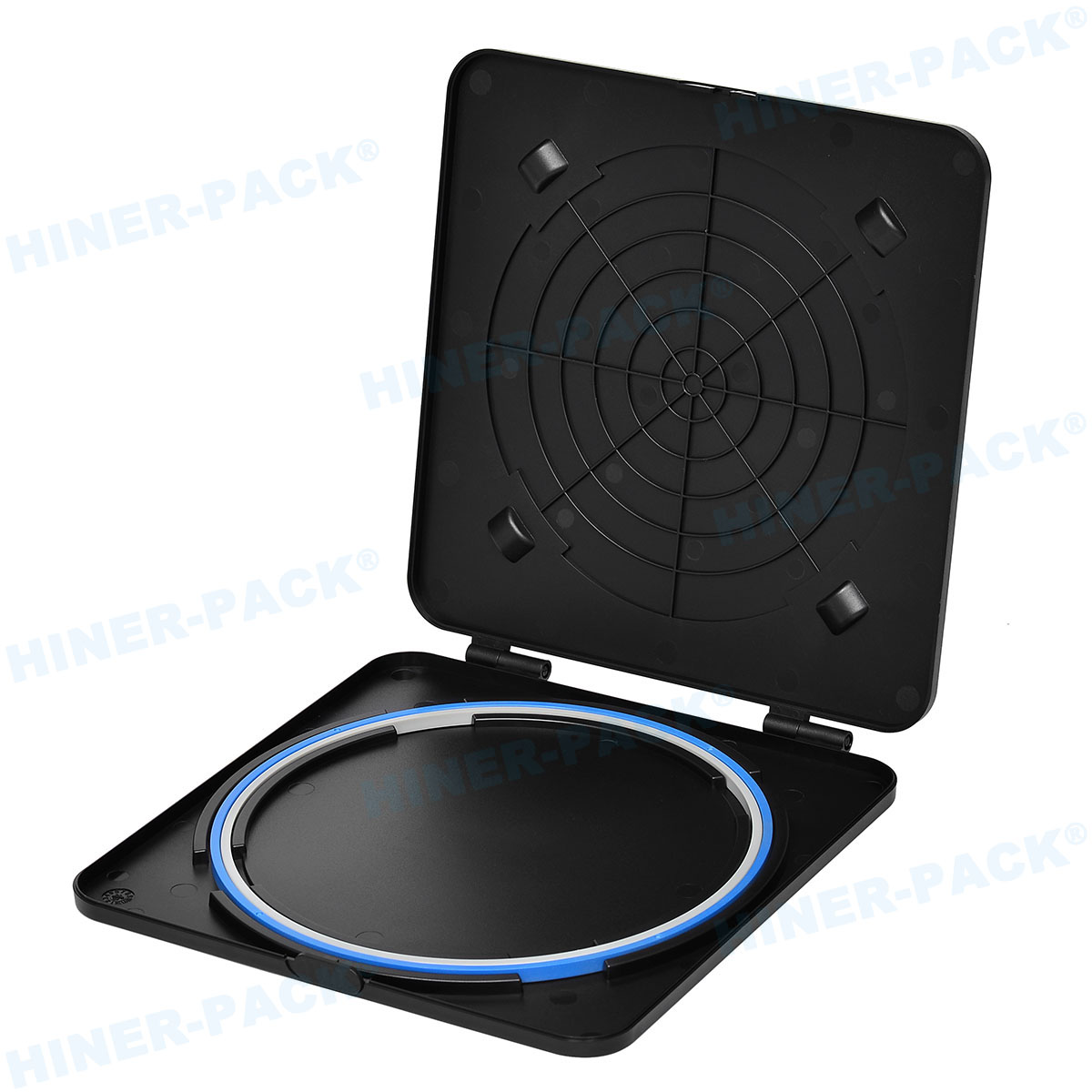
Innovations from Leading Wafer Container Manufacturers
The backbone of the wafer shipping containers industry is the wafer container manufacturer, who drives innovation through research and development. A top-tier wafer container manufacturer focuses on creating products that address emerging challenges in semiconductor logistics, such as increased wafer fragility and stricter contamination controls. These manufacturers employ advanced materials science to develop containers with superior durability, static dissipation, and chemical resistance. For example, some wafer container manufacturer leaders have introduced smart containers embedded with IoT sensors that provide real-time data on location, temperature, and shock events, enabling proactive supply chain management. Collaboration between a wafer container manufacturer and semiconductor companies often leads to breakthroughs in custom wafer carrier designs, such as lightweight composites that reduce shipping costs or modular systems that adapt to various wafer sizes. Additionally, a wafer container manufacturer must adhere to international standards, like SEMI E152 for 300mm wafers, to ensure interoperability and safety. The competitive landscape pushes wafer container manufacturer firms to continuously improve their offerings, including eco-friendly options made from recyclable materials. By investing in innovation, a wafer container manufacturer not only enhances product performance but also supports the overall efficiency and reliability of the semiconductor industry.
How to Choose the Right Wafer Shipping Containers
Selecting the appropriate wafer shipping containers involves evaluating factors such as wafer size, transport environment, and budget constraints. Start by assessing the specific needs of your wafers—for instance, larger 450mm wafers may require a semiconductor wafer container with enhanced structural support to prevent bending. Consider the level of contamination control needed; high-purity environments might demand containers with tight-sealing lids and low particulate generation. If standard options don't fit, explore a custom wafer carrier from a reputable wafer container manufacturer to address unique requirements. For businesses with variable demands, wafer container rental can provide flexibility without compromising quality. It's also wise to review the track record of a wafer container manufacturer, looking for certifications like ISO 9001 for quality management and feedback from other users. Key features to prioritize include ESD protection, impact resistance, and compatibility with handling equipment. By taking a systematic approach, you can ensure that your wafer shipping containers deliver optimal protection and value, whether you're shipping across town or internationally.
The Future of Wafer Shipping Containers
The future of wafer shipping containers is poised for exciting advancements, driven by trends like miniaturization, smart manufacturing, and sustainability. As wafers become thinner and more complex, semiconductor wafer container designs will need to offer even greater precision and protection. Expect to see more integration of digital technologies, such as blockchain for traceability and AI for predictive maintenance, enhancing the role of wafer shipping containers in connected supply chains. The wafer container rental market is likely to grow, supported by circular economy principles that emphasize resource efficiency. Meanwhile, wafer container manufacturer innovations will focus on materials that are both high-performance and environmentally friendly, reducing the industry's ecological footprint. Collaboration across the ecosystem—from custom wafer carrier developers to end-users—will be key to addressing global challenges like supply chain disruptions and regulatory changes. Ultimately, wafer shipping containers will continue to evolve as a critical enabler of semiconductor innovation, ensuring that the chips powering our digital world remain safe from factory to end-use.
In summary, wafer shipping containers are indispensable tools in the semiconductor industry, providing essential protection for high-value wafers during transit and storage. From standard semiconductor wafer container units to tailored custom wafer carrier solutions, these containers have evolved to meet the demands of modern manufacturing and logistics. The availability of wafer container rental services offers added flexibility, while ongoing innovations from wafer container manufacturer leaders ensure that the industry stays ahead of emerging challenges. By understanding the options and best practices outlined in this article, businesses can make informed decisions that safeguard their investments and support efficient operations. As technology advances, the importance of reliable wafer shipping containers will only increase, solidifying their role in the global semiconductor supply chain.
Frequently Asked Questions
Q1: What are the key features to look for in a semiconductor wafer container?
A1: When selecting a semiconductor wafer container, prioritize features such as electrostatic discharge (ESD) protection to prevent circuit damage, a robust sealing mechanism to keep out contaminants, compatibility with your wafer size (e.g., 200mm or 300mm), and materials that meet industry standards like SEMI. Additionally, consider factors like stackability for storage, weight for handling ease, and options for customization if needed.
Q2: How does a custom wafer carrier differ from a standard wafer shipping container?
A2: A custom wafer carrier is tailored to specific requirements, such as unique wafer dimensions, specialized environmental controls, or integration with automated systems, whereas a standard wafer shipping container follows generic designs for broad applicability. Custom carriers often include added features like built-in sensors or ergonomic handles, providing enhanced protection and efficiency for particular use cases.
Q3: What are the advantages of opting for wafer container rental services?
A3: Wafer container rental offers several benefits, including cost savings by avoiding large upfront investments, flexibility to scale container numbers based on demand, and access to maintained and cleaned containers without the hassle of ownership. It also supports sustainability by promoting reuse and can be ideal for short-term projects or testing phases.
Q4: How do I choose a reliable wafer container manufacturer?
A4: To choose a reliable wafer container manufacturer, look for companies with proven experience in the semiconductor industry, certifications such as ISO standards, positive customer reviews, and a portfolio that includes innovative designs like custom wafer carriers. It's also helpful to evaluate their after-sales support, compliance with international regulations, and ability to provide samples or case studies.
Q5: Can wafer shipping containers be reused, and how should they be maintained?
A5: Yes, many wafer shipping containers are designed for reuse to reduce waste and costs. Proper maintenance involves regular cleaning with approved solvents to remove contaminants, inspecting for cracks or wear, and storing in a clean, dry environment. Follow the manufacturer's guidelines for handling and sterilization to ensure longevity and performance, and consider rental services that include maintenance as part of the package.



